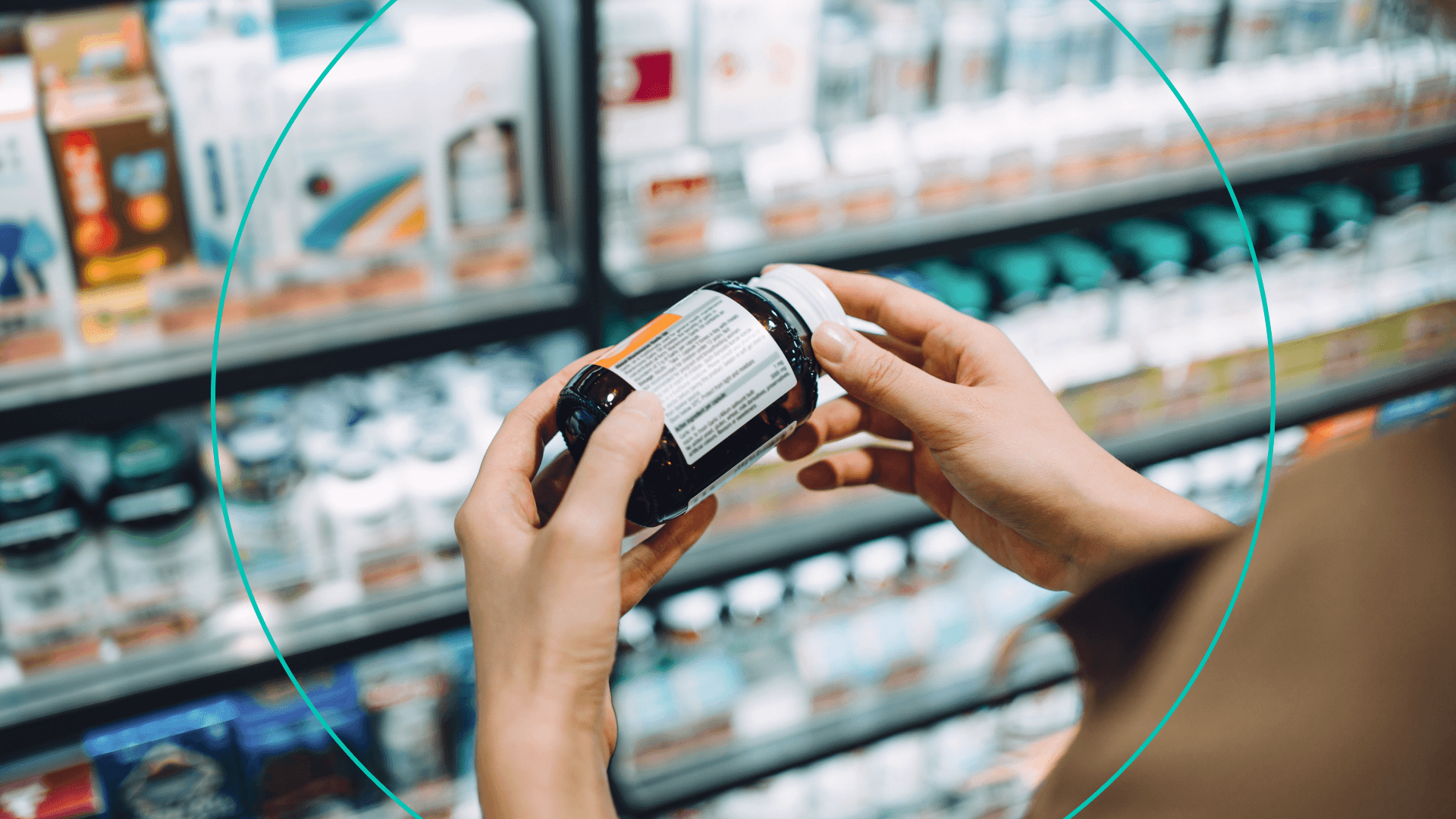“Forever chemicals” are everywhere — not an exaggeration. Last week, the EPA proposed a limit on six types of forever chemicals, aka PFAS, in drinking water. However, there are thousands of other types, and many are still being added to products people use daily — from food packaging to cosmetics.
Back up. What are PFASs, and how bad are they?
PFAS stands for per- and polyfluoroalkyl substances, a group of over 9,000 artificial chemicals that break down slowly over time. “They stick around for so long that they accumulate in your body,” says Carmen Messerlian, professor of reproductive environmental epidemiology at the Harvard T.H. Chan School of Public Health. Messerlian says this accumulation may be why the potential health effects are so varied. In studies, exposure to PFAS has been shown to, among other things, increase the risk of some cancers, decrease fertility, and raise cholesterol.
How can I avoid forever chemicals?
It would be difficult, if not impossible, to completely shield yourself from PFAS. Reducing your exposure would take time, money, and possibly some willingness to make sacrifices (like forgoing a beloved sparkling water brand). Here’s where you can start:
Get a water filter. “Having a really good water filter is probably the number one thing you could do in your household to reduce your exposure levels,” Messerlian says. (The Michigan state government has some recommendations here).
Avoid takeout (and the packaging it comes in). Almost any packaging that’s oil- or water-resistant will have PFAS in it, according to Messerlian.
Eat fewer processed foods. Whether it’s frozen food or microwave popcorn, processed food packaging may allow PFAS to migrate to food.
Buy cosmetics that claim to be PFAS-free. The Environmental Working Group has a list.
theSkimm
The sheer scale and impact of forever chemicals can be difficult to fathom. Ultimately, the onus is on governments to protect us, and the new EPA proposal is a good start. “The real goal in this is for the government to just ask the companies … to stop producing this class of chemicals,” Messerlian says. “Especially not in products that go in people's mouths and on people's bodies.”
And Also...This
Some things that might affect you-terus...
Abortion-rights supporters are suing to block Wyoming's abortion pill ban, there’s new research on hormonal contraception and breast cancer risk, and scientists are apparently one step closer to growing human eggs in the lab.
What you won’t want to add to your smoothie…
These recalled frozen strawberries.
What’s a rare condition associated with heavy marijuana use…
Cannabinoid hyperemesis syndrome.
What’s a totally normal cause of brain fog…
Perimenopause, which usually affects women in their 40s and 50s.
Who's making it harder to get good sleep...

Well, Actually
We’re here to fact-check health trends, wellness assumptions, and myths. Such as:
Does sea moss have health benefits?
Well, actually, sea moss is full of nutrients, but it’s not a silver bullet for weight loss or anything else.
Due to social media hype (and not necessarily thorough research), it’s become the latest celebrity-endorsed “superfood.” The truth is that, like most vegetables, sea moss has a ton of vitamins and minerals (among them: folate, vitamin K, iron, iodine, magnesium, zinc, and calcium). Still, that doesn’t make it a cure-all.
“In terms of the very specific benefits, those have not been proven in rigorous clinical trials,” says Kristin Kirkpatrick, registered dietitian and founder of KAK Nutrition Consulting. She says you don't necessarily need to buy an expensive supplement when you could get the same nutrients from more readily available vegetables at your local grocery store.
This content is for informational and educational purposes only. It does not constitute a medical opinion, medical advice, or diagnosis or treatment of any particular condition.
Subscribe to Skimm Well
Sign up here to receive our wellness newsletter (currently in beta), filled with actionable advice, expert-vetted content, product recs, and more — delivered directly to your inbox.
